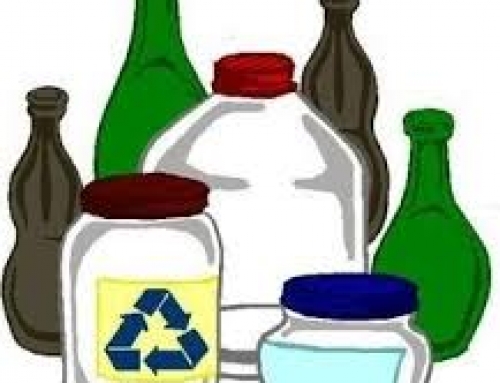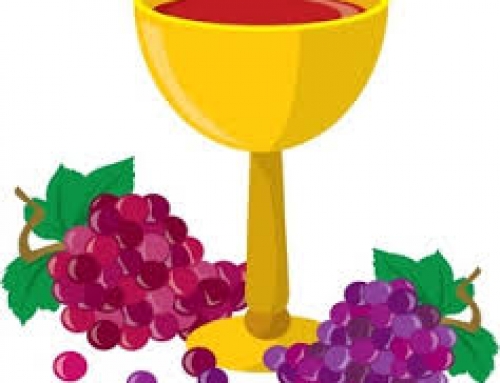As promised, here are more tasty, aromatic facts that you probably never knew about wine.
The major difference between red and white wines is the fermentation. Red wines ferment while extracting color from grape skins. White wines have no skins present at fermentation.
Scientific evidence increasingly suggests that moderate wine drinking can reduce the risk of gum disease, stroke, heart disease and Alzheimer’s disease.
But the medical information is not all rosy (or rose´?). Wine may also increase the risk of cancer, particularly of the esophagus.
Wine is often served in a glass with a gently curved rim. This is for the purposes of containing aromas in the glass. The key is to have the thinnest possible glass and finest rim.
The Romans discovered that if they mixed some lead into their wine, it preserved wine and gave it a sweet taste. Don’t try this at home. Lead poisoning has often been cited as a cause of Rome’s decline.
If your wine tastes watery, it is “dilute.” Experts believe that it may come from grapes picked during rainstorms.
Don’t store your wine in a kitchen. It’s generally too warm there to store wine. And refrigerators are generally too cold. Serving temperatures should be 45-50 degrees Fahrenheit for white wine and 50-60 degrees for red.
Vintage is not necessarily the year when wine is bottled. The grapes may be picked in one year and bottled the next. Typically, a vintage wine comes from a single year’s harvest. Non-vintage wine can be a combination of two or more years.
Women are generally better wine tasters than men because they usually have better senses of smell.
Wine glasses should always be held by the stem and not the bowl. If you hold them by the bowl, your body temperature will increase the temperature of the wine.
European wines are named after their geographic locations while non-European wines are named by the variety of grape.
Finally, a “feminine” wine is more delicate than most. Masculine wines are “big” or “full.”





